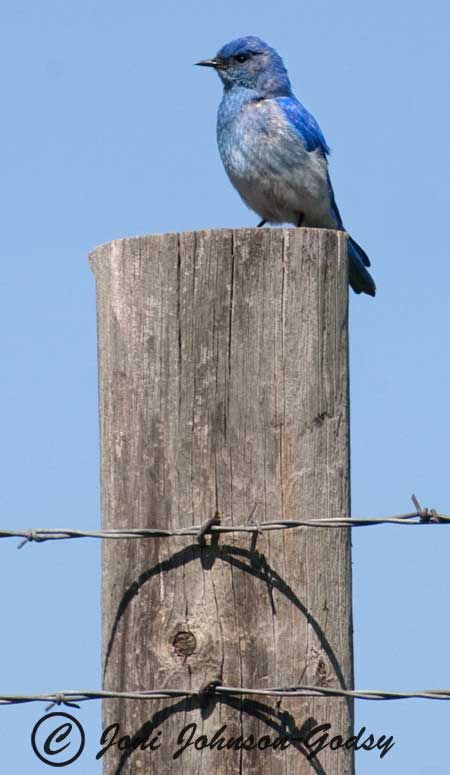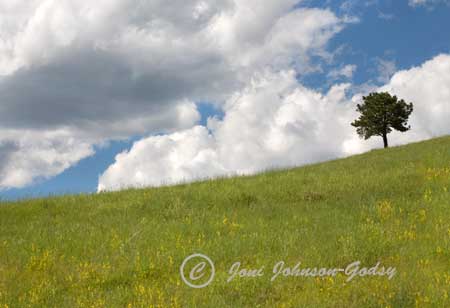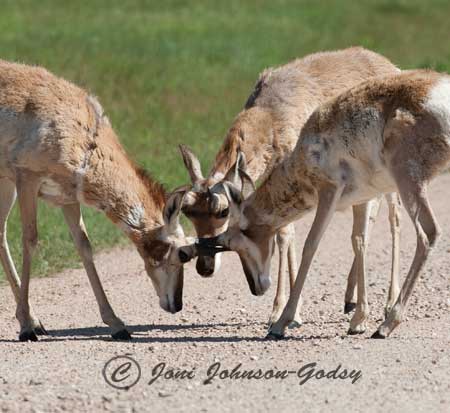Since there was so much fun stuff to post from our South Dakota trip, I have split it into two parts, the Badlands (see the entry below) and this entry on the Black Hills, featuring in particular Custer State Park.
Before going to Custer, we stopped at a zoological facility in Rapid City to enjoy some animals living within “Bear Country USA”. Although I took loads of photos there, I’ll just post the two below. This grizzly was having such a delightful time in his pool. This gesture just killed me!

It appears that Alan is enjoying a new friend. A buddy like this can be nice to have, as they wear a constant smile and don’t ever talk back! It seems at least for the moment like they have a lot in common…!

OK, on to Custer State Park, which is why we made this trip in the first place. What an amazing park this is. It reminded me of a mini Yellowstone, featuring fewer species but offering unparalleled viewing and photographic opportunities. The animals are wild, but are so used to visitors in cars that they barely noticed us.
The American Bison is the species that most represents the tragic history of the great plains, and it is a feature species in Custer State Park. Smaller sub-families of females and their calves gather together in summer to form great herds of hundreds of animals. And you can sit right in the middle of the action (inside your car of course, as bison are VERY dangerous) and watch them all around you. It is like a window into the past, when bison herds covered the great plains in numbers too great for us to even imagine.
(Below) Although this bull is not yet fully mature, he is formidable looking when staring you in the eye from only a few feet away! All bovine species can go from placid to really PISSED OFF in .001 seconds. Lucky for us this guy decided that we were OK and put his attention on something more gratifying like the lush green grass at his feet.

One of hundreds of new bison calves dotting the plains…

A Mountain Bluebird surveys his surroundings. This is a really prolific species where the high plains meet forest edges. Their blue feathers are almost electric in color.

I lost (or should I say temporarily misplaced) my mono-pod strap. When we made a back-track to find it, we discovered this Mountain Bluebird nest in an old dead pine tree. I was so glad that I misplaced that strap. Finding a nest like this in a big wooded area is a bit like finding a needle in a hay stack! It was our lucky day!

(Below) A shot of the open prairie…just BEAUTIFUL!

(Below) The Pronghorn Antelope is the Maserati of the great plains. This species can clock over 60 mph, making him the second fastest land animal on the planet (second only to the Cheetah). All of this speed allows him the luxury of being right out in the open during daylight hours. There is not another animal in this country that can catch him in a chase. So he is calm, cool and collected. This is a fully mature male.

“If we all put our heads together, maybe we can find the answer we’ve been looking for…” Three young male Pronghorn put their heads together in a mock sparring display. It is too early in the season for this to be serious, and these males are all too young to be real contenders. But they learn how to spar early in life.

(Below) A Leopard Frog in a mud puddle.

We were seeing early mock sparring in a number of ungulate species while in Custer. Here two mature Big Horn rams “play spar”. They first face each other, then suddenly both rear up and lunge forward hammering their huge horns together. The impact is so hard and loud that it sounds like a gun going off as it echoes through the hills. This is only “for fun” right now, but by fall it will become a serious competition for mating rights.

Custer State Park was once known for its large population of Big Horn Sheep. But in recent years pneumonia has somehow gotten into the population and is killing most of the babies. This year only one baby survived and it was later taken by a Mountain Lion. The park has made the painful decision to allow this population to disappear through attrition, and then reintroduce the species back into the park when the disease has cleared. We were very lucky to spot these two rams twice during our stay, as Big Horn sitings are becoming more and more rare.

(Below) A stunning Western Tanager.

(Below) A “wild” burrow and her baby. These burrows are so funny. Because park visitors have fed them for years, the adults will walk right up to you and if you are in your car, they will stick their big heads well into your vehicle begging for handouts. It’s hard to remember that they are wild when they behave in this way, but last year a child was badly hurt by one of these.

It has been a wet year in South Dakota. The prairie grasses were especially green and flowers were in bloom everywhere.

A Whitetail Deer with her two brand new twins. She was very nervousness as most new mothers are and quickly moved her babies to a good hiding place. The deer in South Dakota are so much smaller than the monsters we see outside our windows here in Kansas. It is likely a simple difference of how harsh their winters are.

